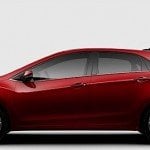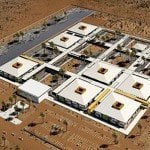NASA, who led the world to the moon landings with the famous Apollo missions, has an aggressive plan to continue the lunar exploration as soon as next year with their Orian crew capsule. Unfortunately, the planned Space Launch System (SLS) — NASA’s expensive multi-billion dollar launch system — has seen several setbacks in development. Meanwhile, commercial launch platforms — notably Space X’s Falcon 9, which safely flew an uncrewed crew capsule to the International Space Station [story here>>] — may be ready to take NASA’s lunar mission for a ride sooner. Another alternative being studied is the Delta IV Heavy, from United Launch Alliance.
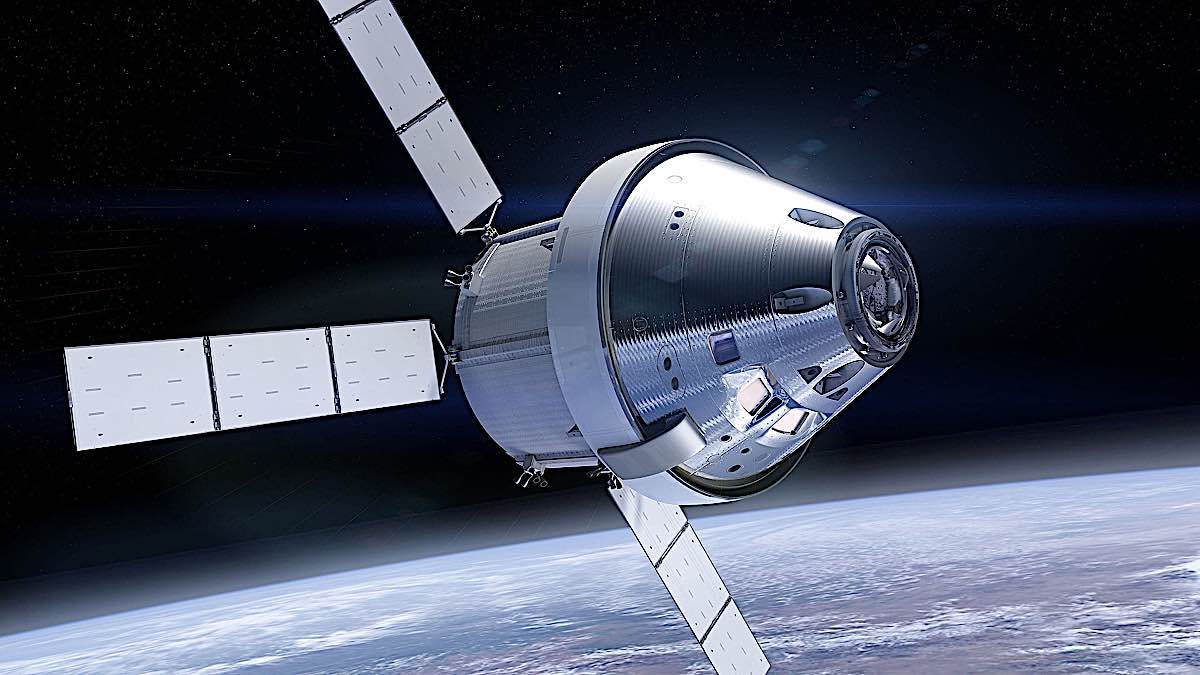
On March 13, the NASA administrator, Jim Bridenstine, suggested the shortcut at a Senate hearing. Although committed to NASA’s SLS in the long term, using commercial launch platforms for the Orion crew capsule, would allow the EM1 mission (Exploration Mission 1) to go on, perhaps, as planned for June 2020:
“We need to consider, as an agency, all options to accomplish that objective,” Bridenstine said.
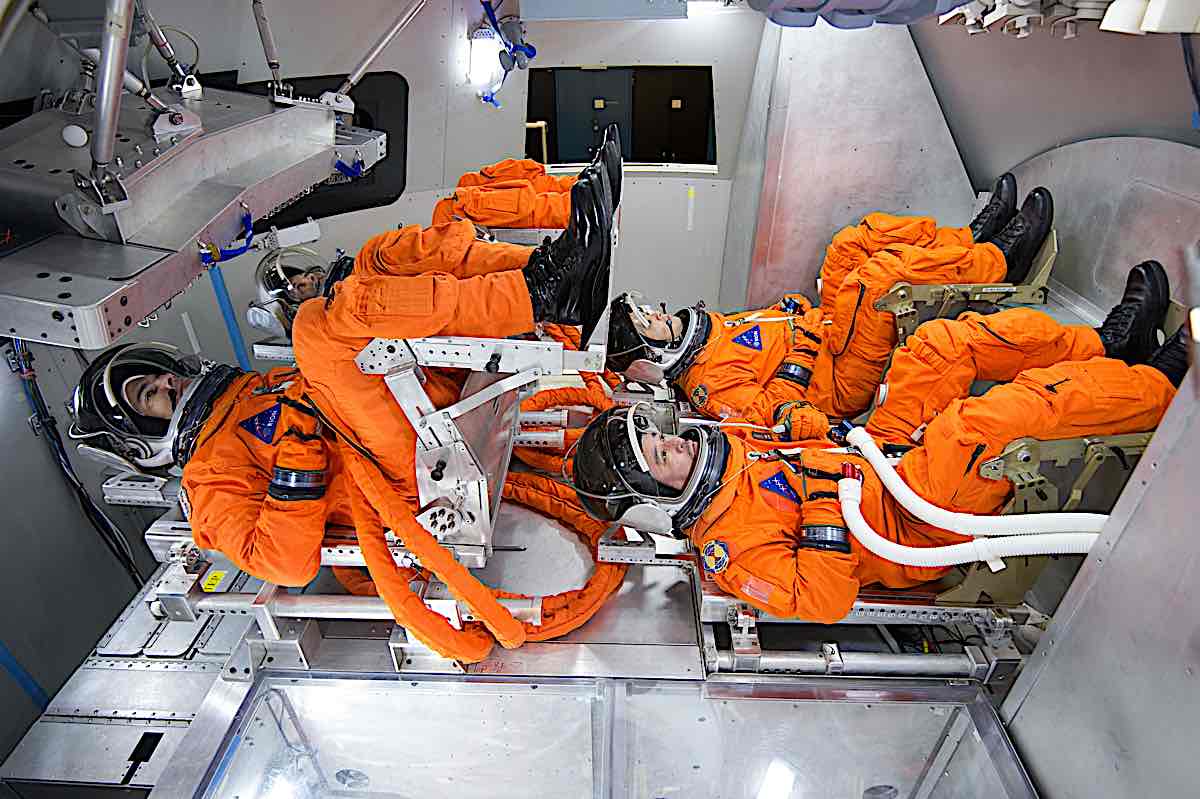
NASA already relies on both commercial rockets — for payloads — and Russian spacecraft for crew transport, but the SLS is meant to change all of that. Orion crew capsule’s three-week mission to the moon was planned as a debut for the SLS, already under development for nearly ten years. While SLS will be the most powerful rocket launch system when it flies, it has been delayed by technical issues and cost overruns. Safety for crewed missions is always paramount for the agency.
The EM1 mission with Orion was originally pencilled in for 2017, although the new target is June 2020. However, the date is subject to change, since the SLS likely won’t be ready by then.

Commercial launch platforms aren’t ready yet either since the mission has a significant payload which even the Falcon 9 couldn’t currently manage. Bridenstine explained at the hearing: “The challenge is we don’t have a rocket right now that can launch Orion and the European Service Module around the Moon. That rocket doesn’t exist.” In fact, that rocket is “what the SLS is about.”
Considering two launches for one mission.
Under consideration, the director explained is managing the EM-1 mission with two heavy-lift commercial flights, one each for the Orion and the European Service Module. Under this proposal, they would both be placed in orbit. Then, another launch would carry a rocket with an engine powerful enough to boost the capsule with the module to the moon. This would require docking in orbit.

To manage a 2020 launch remains uncertain, even with this proposal, since the current Orion capsule does not have an orbit docking capability. This means, for a go-flight, this new capability must be built and tested.
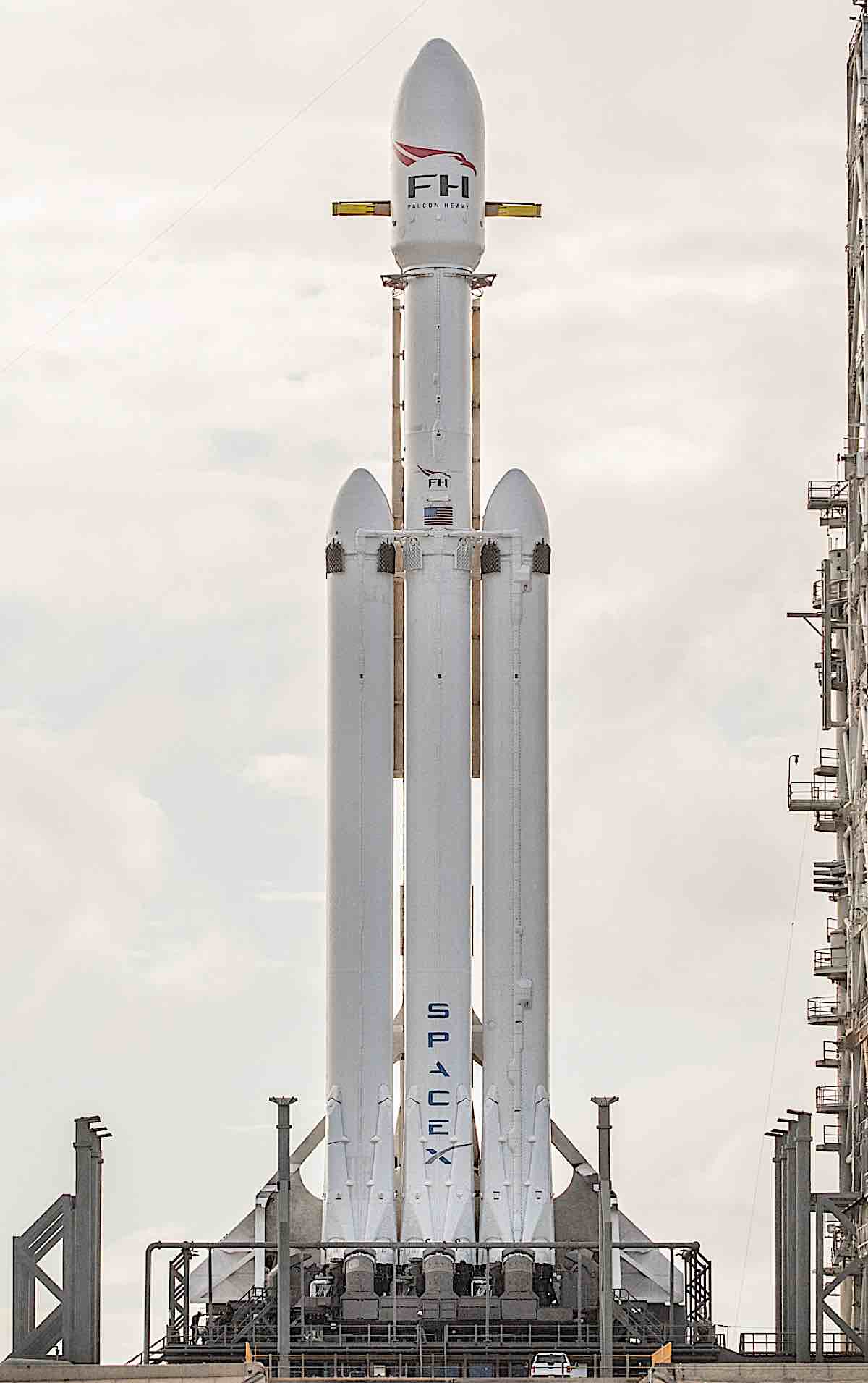
Either way, a switch to a commercial launch vehicle would be another set back for the SLS, which has run to about $14 billion in costs. The SLS will have significantly more payload once it launches, with a payload of 95 metric tons (209,000 pounds) to low orbit, as compared to Falcon Heavy at 140,700 pounds. The long-term future of the SLS is uncertain after the administration requested development of the second, larger version of the SLS.





